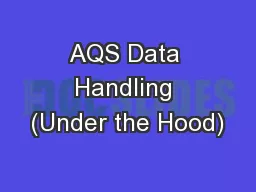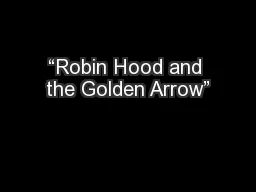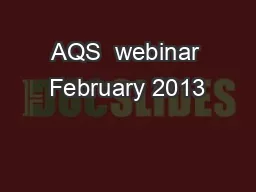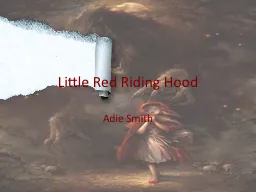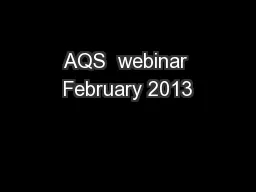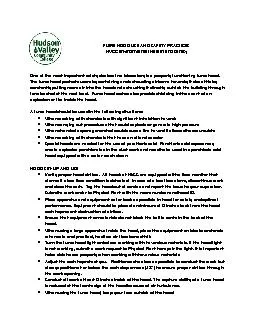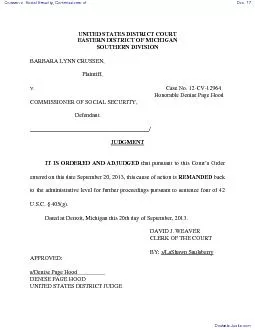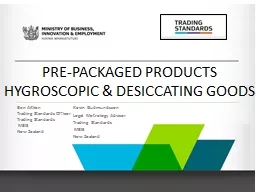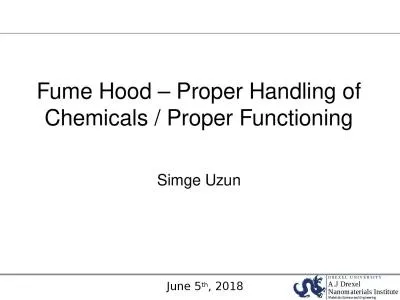PPT-AQS Data Handling (Under the Hood)
Author : natalia-silvester | Published Date : 2018-10-29
AQS Conference August 23 2012 Robert Coats Topics Sample measurement acceptancerejection rules ½ MDL Substitution Rounding and truncating Allowed and disallowed
Presentation Embed Code
Download Presentation
Download Presentation The PPT/PDF document "AQS Data Handling (Under the Hood)" is the property of its rightful owner. Permission is granted to download and print the materials on this website for personal, non-commercial use only, and to display it on your personal computer provided you do not modify the materials and that you retain all copyright notices contained in the materials. By downloading content from our website, you accept the terms of this agreement.
AQS Data Handling (Under the Hood): Transcript
Download Rules Of Document
"AQS Data Handling (Under the Hood)"The content belongs to its owner. You may download and print it for personal use, without modification, and keep all copyright notices. By downloading, you agree to these terms.
Related Documents

